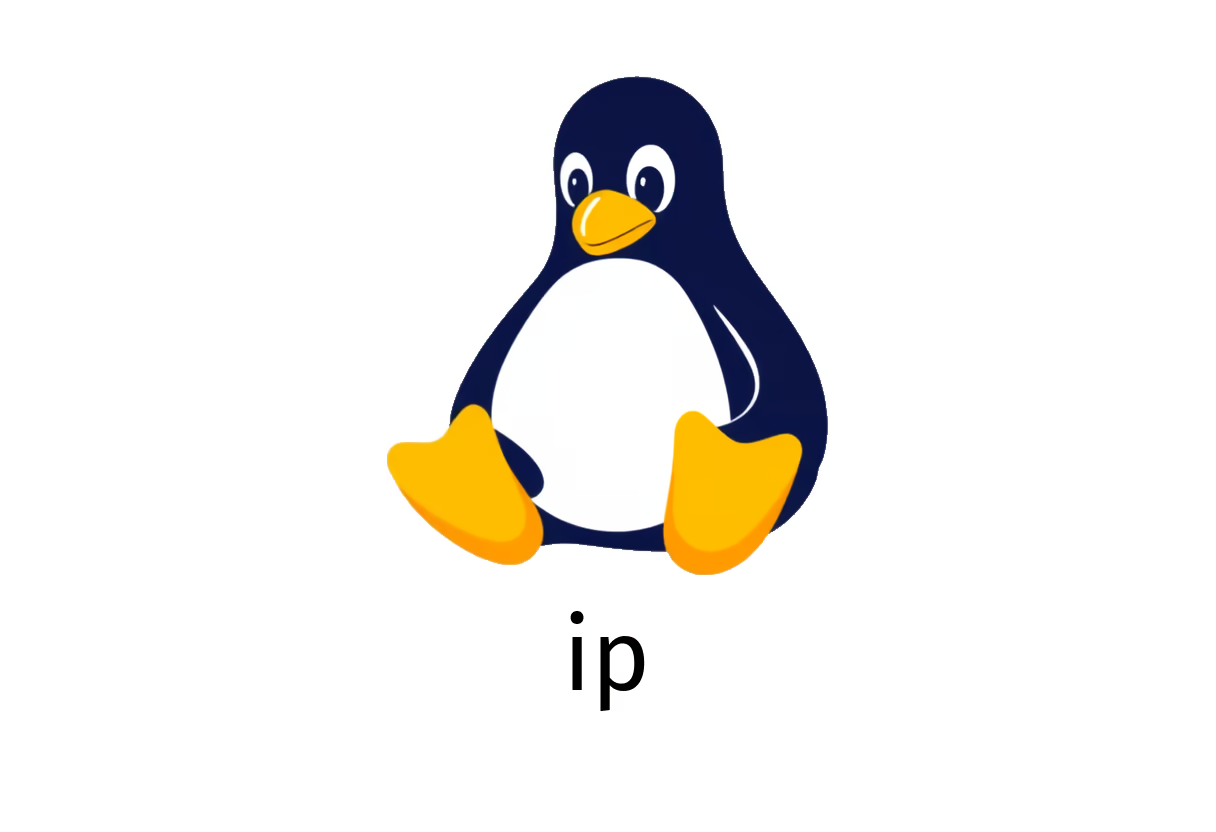
How to Master the ip Command in Linux
Mastering the ip Command in Linux
The ip command is a powerful and versatile tool used in Linux for showing and manipulating network interfaces, routing, tunnels, and policy routing. Unlike some older tools, the ip command consolidates functionality into a single suite that allows for comprehensive network management. This post will provide an overview of common usages and options for the ip command.
Overview of ip
At its core, the ip command is capable of performing a variety of networking tasks, including the management of routing tables, devices, and even neighbor discovery via ARP. Whether you are an administrator or a developer, understanding how to use the ip command effectively can enhance your network operations significantly.
Basic Usage
Here’s how to get started with the ip command, along with some common subcommands:
1. List Interfaces with Detailed Information
To view detailed information about network interfaces, you can use:
ip aor
ip addressThis will display all available network interfaces along with their configurations.
2. List Interfaces with Brief Network Layer Information
For a concise overview of the network layer info, the command is:
ip -br aor
ip -brief addressThe -br (or -brief) option provides a simplified view that’s easy to read at a glance.
3. Show Routing Table
To display the current routing table:
ip ror
ip routeThis command will allow you to understand how packets will traverse the network.
4. Show Neighbors (ARP Table)
To see the Address Resolution Protocol (ARP) entries:
ip nor
ip neighbourThis is useful for diagnosing connectivity and understanding which IP addresses are associated with which MAC addresses.
Manipulating Interfaces
5. Make an Interface Up or Down
You can bring an interface up or down with:
sudo ip l set interface upor
sudo ip l set interface downReplace interface with the name of your network device (e.g., eth0).
6. Add or Delete an IP Address to an Interface
To modify an interface’s IP address:
sudo ip a add ip/mask dev interfaceor to remove an IP address:
sudo ip a delete ip/mask dev interfaceThis is crucial for configuring static IP addresses on your devices.
7. Add a Default Route
To set a default route for your network:
sudo ip r a default via ip dev interfaceThis command directs traffic to a specific gateway, acting as the first hop for outbound packets.
Conclusion
The ip command is an indispensable tool for network configuration and troubleshooting in Linux. From listing interfaces to managing IP addresses and routes, it provides all necessary functionalities in one place. To learn more about the command and its subcommands, you can refer to the official documentation here.
Mastering the ip command will not only enhance your command-line proficiency but also your overall understanding of network management in Linux. Happy networking!